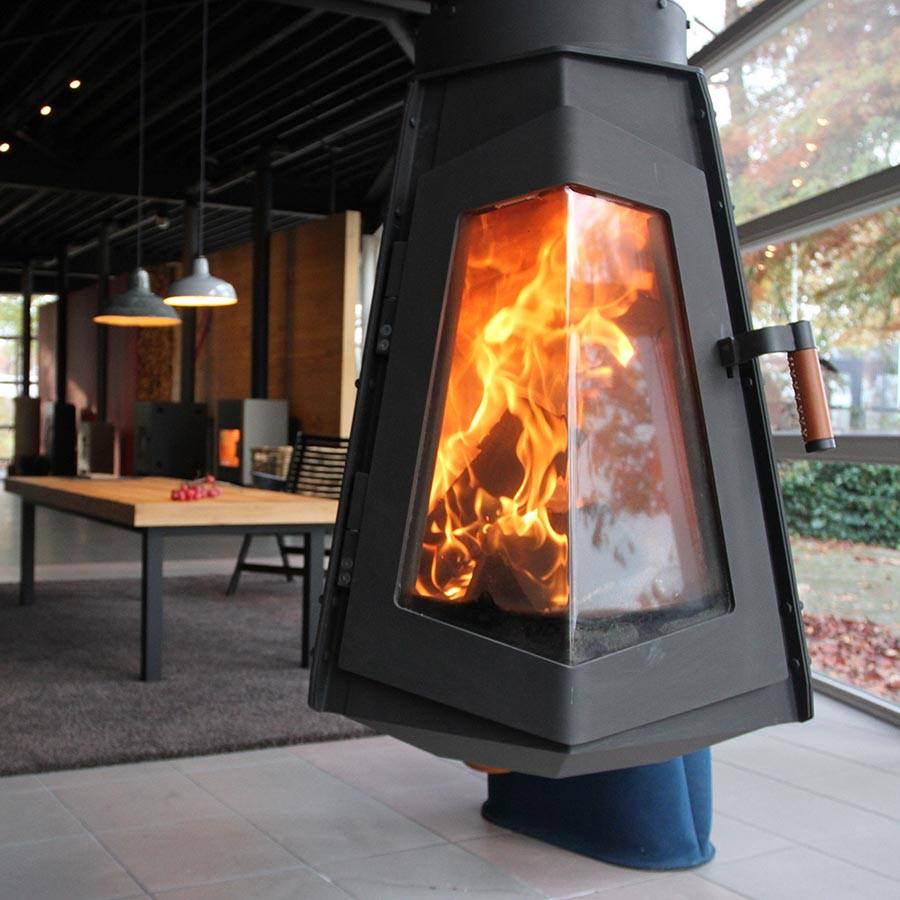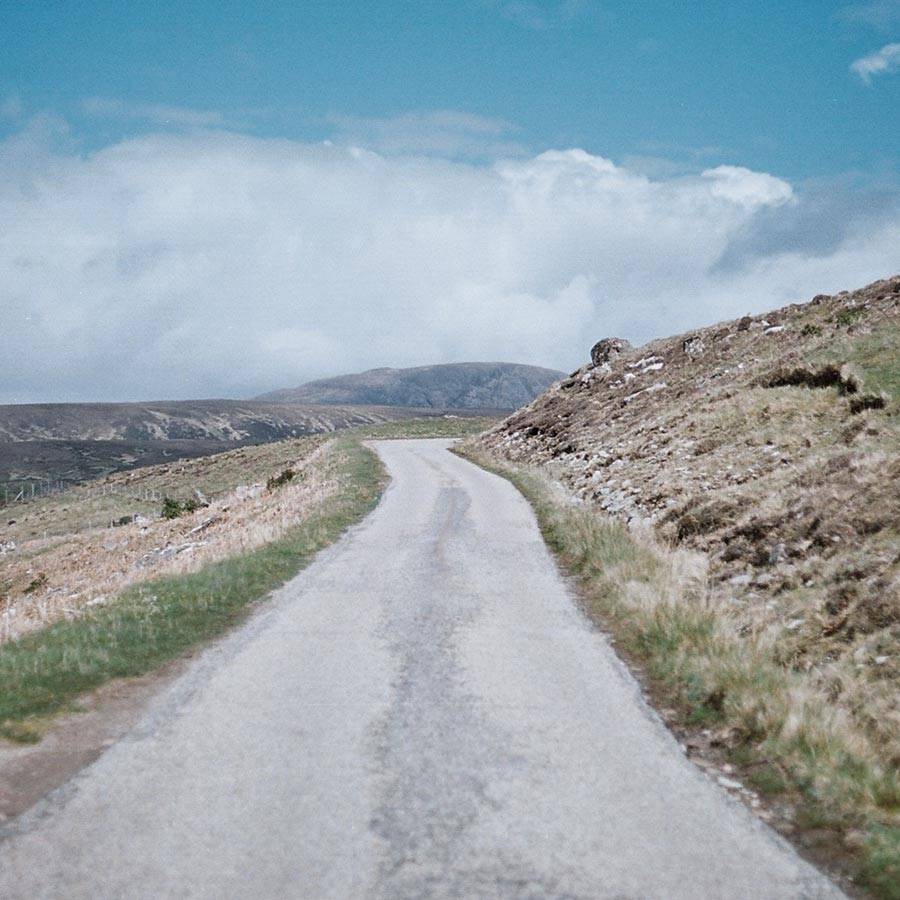The type of heat transmission is immediately noticeable when you touch a hot stove. This is called conductive heat, and it is actually best not to touch the stove. Ouch.
You can feel the second type when standing in front of the stove, wonderful radiant heat. The type of heat that seems to go right through you and warms you up inside.
The third is convection heat. This is the displacement of warm air and it is needed to disperse the heat quickly.
Radiant heat feels pleasant immediately. It is a wonderful natural form of heat, like the rays from the sun. Radiant heat does not just seem to warm you inside, it does. This has something to do with the wavelength of the infrared radiation from a wood fire. Radiant heat also lasts longer, because it heats objects or the body and not the air.
Convection heat heats the air. Which is handy for getting the heat to go around corners, so that it also warms the kitchen for example. This heat does not last as long and feels different from radiant heat. This is because passing air also has a slight cooling effect.
Radiant heat is felt immediately when you are not too far away from the stove and it takes a while before the heat spreads across the room. And it takes a bit longer to get around the corner. This can be a very practical solution for a room with a high ceiling or a stairwell, as the heat does not rise immediately.
In brief, radiant heat is lovely and slow, convection heat is convenient and faster. Luck would have it that there are wood-burning stoves that combine lovely radiant heat with the convenience of convection heat.


